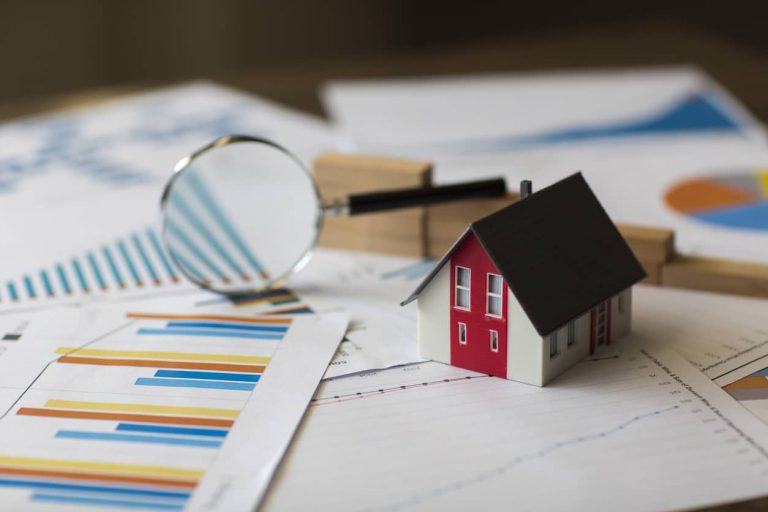Egypt Is Building a New Administrative Capital – What For?

There are many things that still showcase the past glory of Egyptian civilization: you can visit the Great Pyramids and Sphinx, examine ancient scrolls or simply play the Book of dead slot!
Although there are many online slots real money talking about the past of this civilization, the future of Egypt is just as important as its past. This country’s authorities plan to literally move to a completely different location in the near future.
The new administrative capital, still under construction, is one of the largest construction projects in the world and could be effective enough to make Egypt a major regional power again. So, what’s the story behind this project? Why does Egypt need such a thing? We answer these questions below.
Understanding the “Egypt Vision 2030”
The idea of building a new administrative capital is not new: it has been discussed in Egypt since 2015. Despite its name being “administrative”, this project also includes regular housing units.
So, it won’t be just a place with only official government institutions: 6.5 million people are planned to live in the city when it is built. The reason for the need for this project, according to Egyptians, is that Cairo, the current capital, has become too crowded and “ugly.”
House prices and rents are too high, and further expansion of Cairo is not possible. Modernizing the existing capital (for example, renovating its infrastructure) will be very costly, lengthy and undesired. Instead, the Egyptians seem to have decided to build an entirely new capital.
The new capital is part of a plan also known as “Egypt Vision 2030”. This national agenda was announced by the Egyptian government in 2016 and included eight different goals. The aim of the agenda is to improve the quality of life of the people, create new job opportunities, establish peace and security, build a strong economy and become the most powerful state in the region.
The new administrative capital is seen as part of this agenda and plays a key role in achieving all these goals. In other words, the Egyptian government plans to enter the year 2030 completely renewed.
Al-ʿĀṣima al-ʾIdāriyya al-Jadīda
The new capital is known as “Al-ʿĀṣima al-ʾIdāriyya al-Jadīda” at the moment, but it is just an Arabic word meaning “New Administrative Capital”.
Its real name has yet to be determined, and the Egyptian government is considering doing that with a competition. Whatever the name it will have, the main features of this new capital are:
- It is located 45 kilometers east of Cairo and covers an area of approximately 700 square kilometers. For you to understand how big it is, let’s point out that the project is bigger than Singapore: you can literally fit a country inside.
- The current population of Cairo is close to 20 million, and it is planned to move 6.5 million people there when the project is completed.
- The project will feature a supertall skyscraper called Oblisco Capitale. Its height is planned to be 1,000 meters: when completed, it will be the tallest building in the world.
- The project will have a central park, which will be 5 times larger than the Central Park in New York.
- The new capital will include 663 hospitals, 1,250 mosques, a stadium with a capacity of 90,000 people, a hotel with 40,000 rooms, and multiple theme parks. The theme parks alone are planned to be four times the size of Disneyland.
- The new capital will also house all existing state ministries and the presidential palace. All official administrative units in Egypt will be moved there.
- Electric train services will be organized between Cairo and the new capital.
An agreement was signed with UAE-based Capital City Planners (CCP) company in 2015 for this construction project, but another agreement was signed with China State Construction Engineering Corporation (CSCEC) in 2016, as the CCP could not start working.
Currently, the project manager is Administrative Capital for Urban Development (ACUD) and the Ministry of Housing, both official government agencies. CSCEC, on the other hand, is the contractor and builds the entire project almost alone. The new capital is expected to cost approximately $45 billion.
There are also various criticisms of the project. The most common one is that the new capital will be exclusive to the “elite”. You can buy a house there right now, and a 2-bedroom house costs around $50,000.
This may not seem like a big number, but Egypt’s GDP is just $3,000. A large part of the population is very poor, and it is not possible for them to move to the new capital. So, it looks like this project will only host the rich: only the poor will remain in Cairo, and many believe this will only worsen existing problems.
No one gives an exact date for when the project will be completed, but the new capital has areas ready for use, and all relocations are expected to be completed by 2030 at the latest, in line with the agenda we mentioned above.
There are also those who see the project as a personal ambition of the current president, Sisi. According to them, the new capital city will never be completed, and all construction will stop once the administration changes.
Of course, we do not know which of these scenarios will materialize, but we are sure that we will see some very interesting changes in Egypt in the near future.






